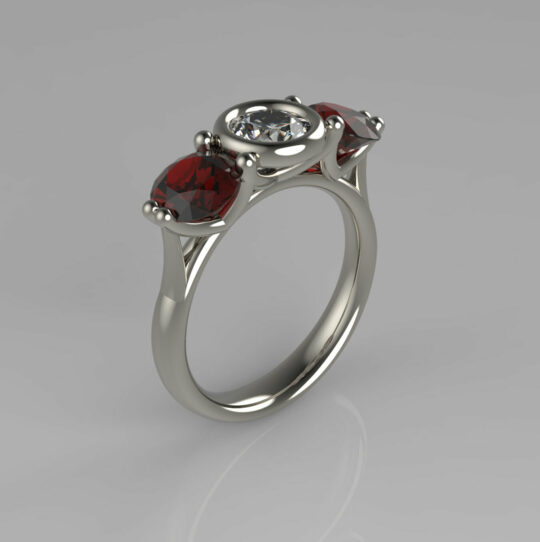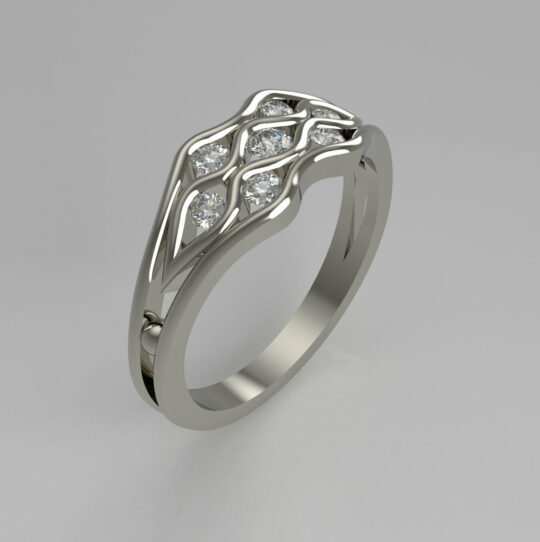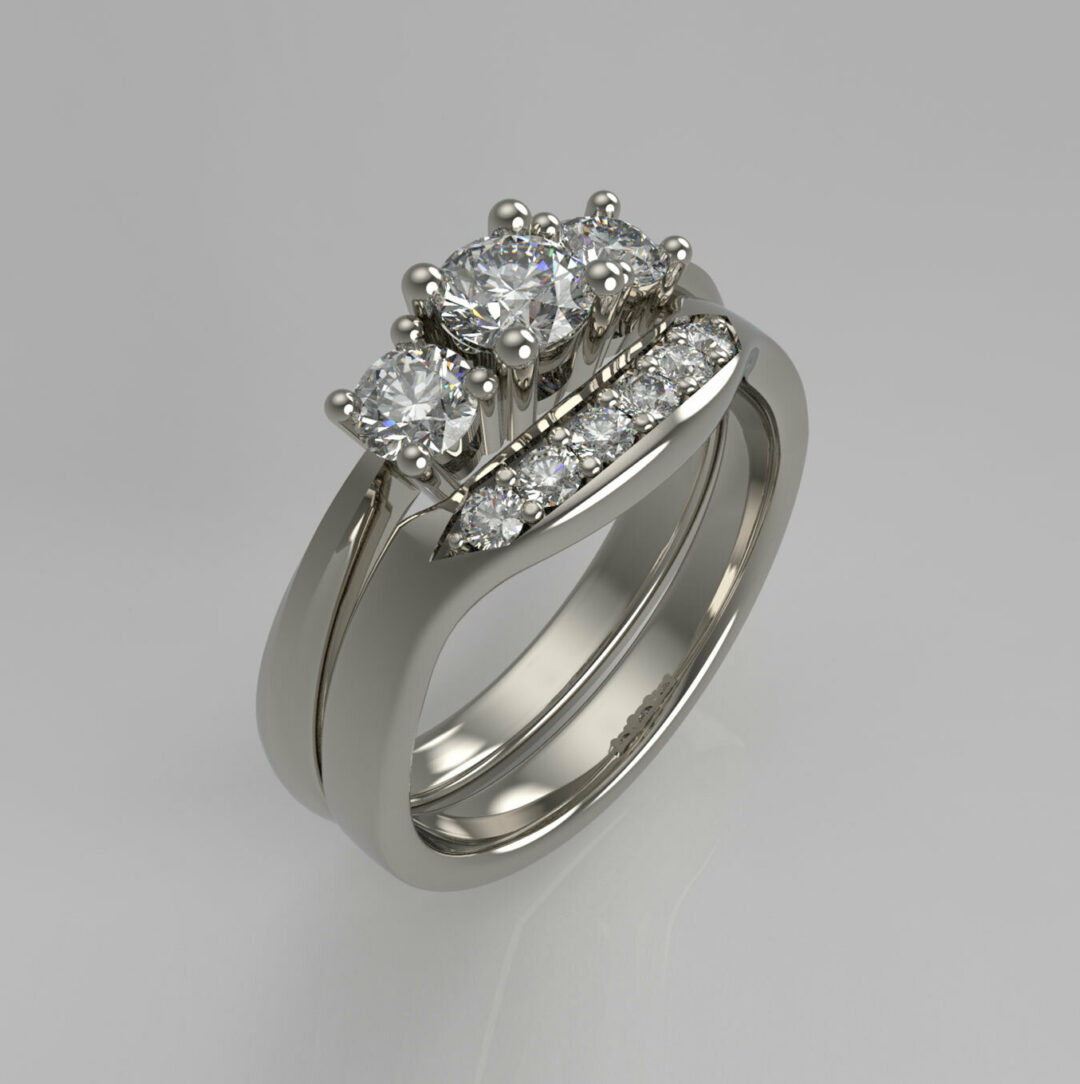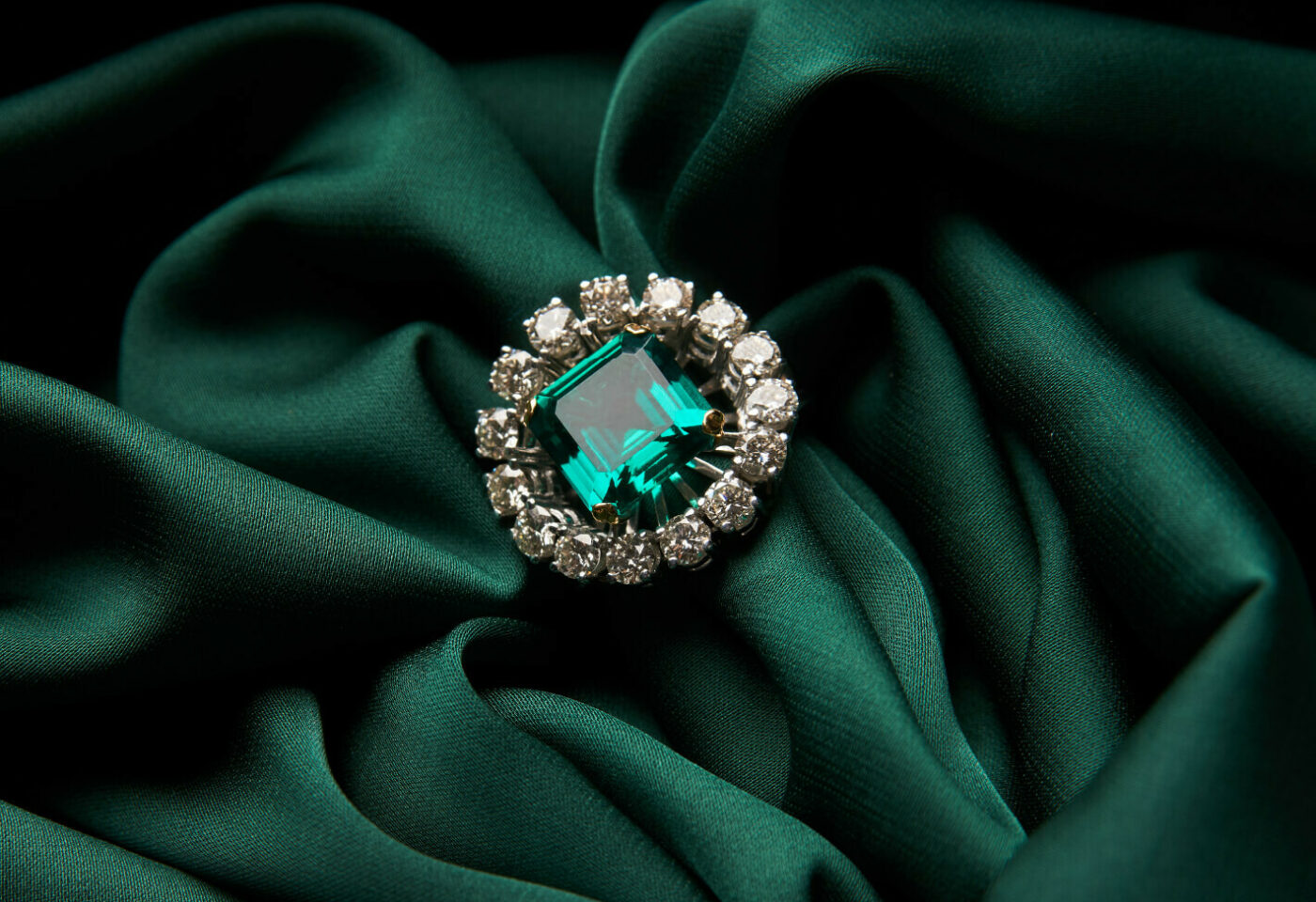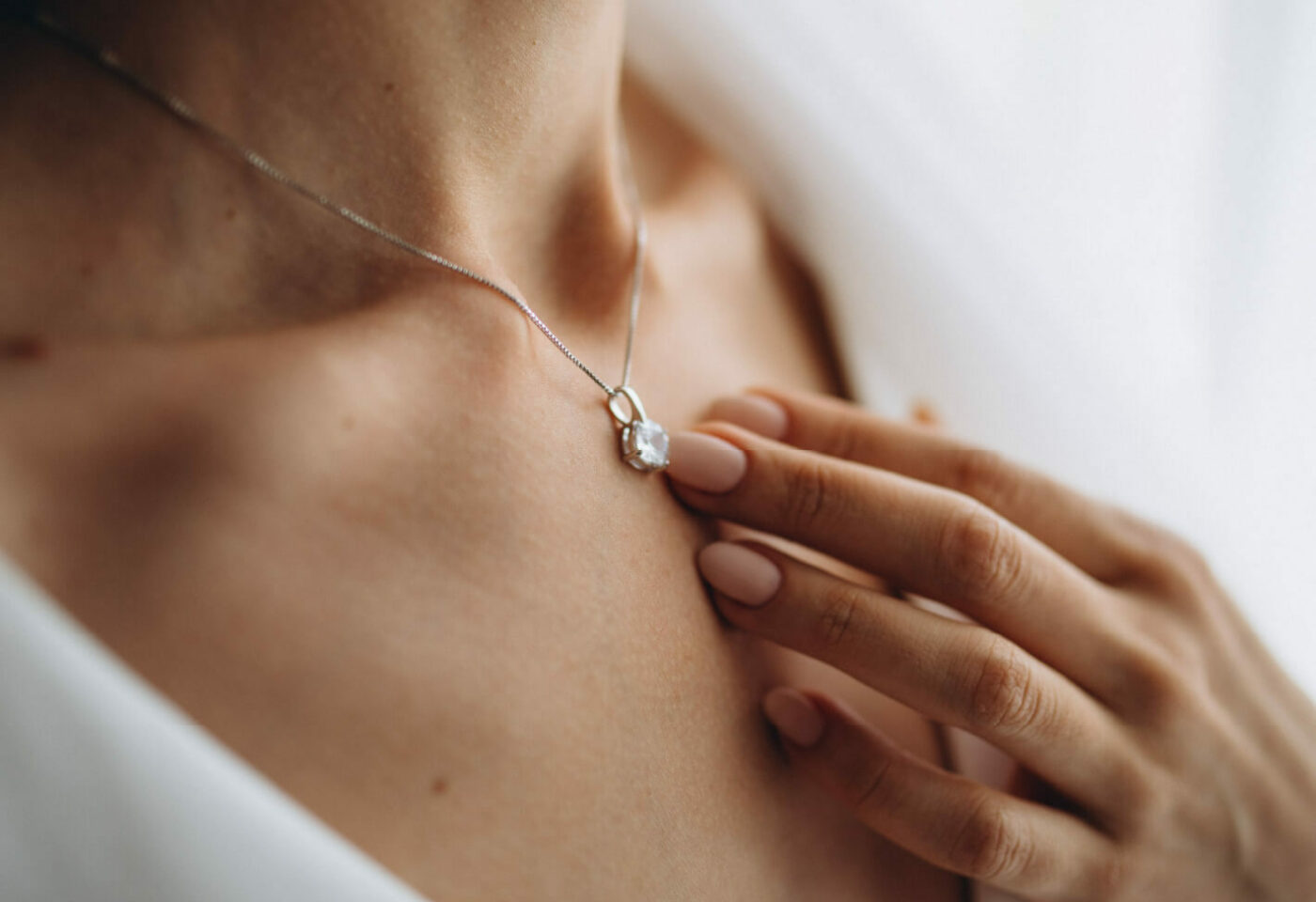Bespoke Jewellery Design
Sandy’s aim is to provide all customers with a high quality of service, unique design solutions and superb, handcrafted jewellery they will treasure. Using only the highest quality materials and designs, which are brought to life by highly creative and certified Designer Sandy Menzies. Whether you’re buying for yourself or for a loved one, the custom route will always have a deeper sentimental value. Whether it’s diamond rings, engagement rings, bracelets, diamond earrings, pendants, or kiltpins, have a glimpse at some of our custom jewellery pieces and book your appointment to start creating your own piece of fine jewellery.
Design
+- Client consultation.
- Listen to their ideas and what they want to achieve.
- Look through any inspirational images or sketches.
- Discuss approximate budget.
- Decide on materials to be used.
- Decide on design parameters.
CAD Build & Visualisation
+- I build the jewellery model using “MatrixGold” software.
- Import the model into “Keyshot” rendering software to create a photo realistic visualisation.
- Create 4 image views – perspective, front, side and top views.
- Create a 360 degree turntable animation.
- Send by e mail to the client with final costing.
- Once a design has been agreed a 50% deposit is paid before manufacture begins.
Casting
+- A STL file (stereo lithography file) is sent to my casting company.
- The file is 3D printed in casting resin.
- A plaster mould is then created.
- The mould goes into a kiln to “burn out” the resin creating a hollow space.
- Molten precious metal is “shot” into the mould using centrifugal vacuum casting.
- Once cool the mould is cracked open and the rough metal casting is sent to me.
Cleaning up the Casting
+- The rough casting is then filed and sanded using various grades of wet and dry paper to create a smooth matt finish and is checked for any casting flaws.
Hallmarking
+- The casting is then sent to the Edinburgh Assay office to be chemically tested, hallmarked and my makers mark applied.
- Hallmarking is a guarantee that the metal used in the casting is of the standard agreed within the design process.
Polishing
+- There are a number of various polishing methods but essentially it is a 2 step process.
- Polishing on a rotating motor using a “hard cutting” wax compound applied to a firm cotton polishing mop to gain a polished smooth finis.
- A final “high finish” wax compound using a soft cotton polishing mop creating a high lustre finish.
Stone Setting
+- Using various hand engraving, beading and burnishing tools.
Refinishing
+- After setting the item is polished again to ensure there are no marks or sharp areas sometimes created by the stone setting process.
Commissions Gallery
View All Commissions
